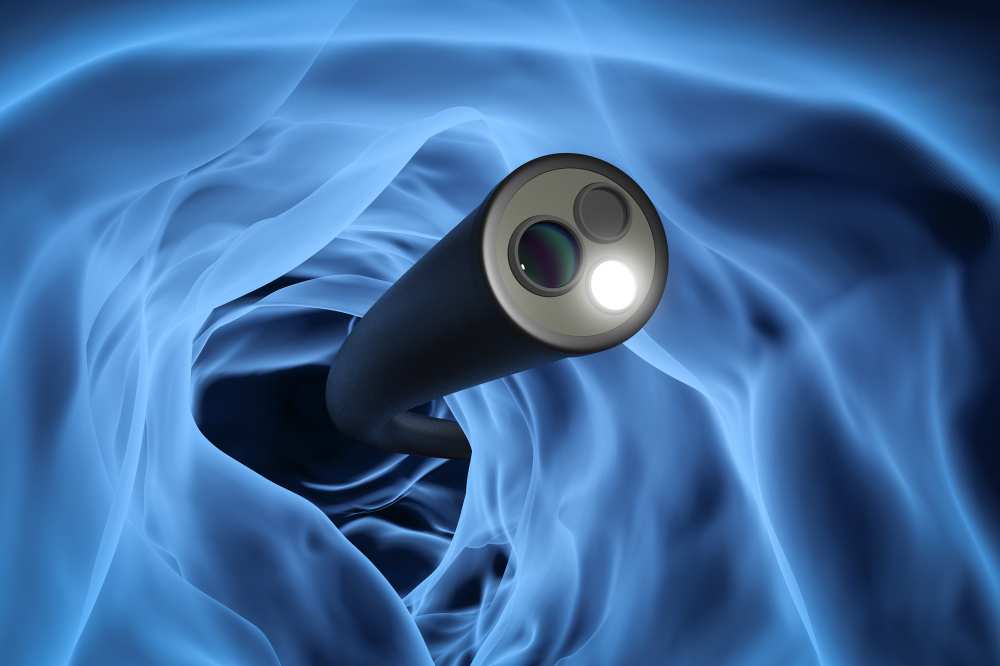Endoscopy

Endoscopy is a minimally invasive medical procedure that allows physicians to visualize the interior of organs or cavities within the body using a flexible tube with a camera attached, called an endoscope. This procedure is commonly used for diagnostic and therapeutic purposes in various medical specialties.
Procedure Overview: During an endoscopy, the patient is usually sedated to ensure comfort. The endoscope is inserted through a natural opening or a small incision, providing real-time images of the targeted area. Depending on the purpose, different types of endoscopes and techniques may be used, such as upper gastrointestinal endoscopy, colonoscopy, bronchoscopy, or cystoscopy.
Indications: Endoscopy is employed to diagnose and treat a wide range of conditions, including gastrointestinal disorders like ulcers, polyps, and tumors, as well as respiratory, urological, and gynecological issues. It enables direct visualization of abnormalities, tissue sampling (biopsy), and interventions like removing polyps or stopping bleeding.
Benefits and Risks: Endoscopy offers several advantages, including accurate diagnosis, minimal discomfort, and shorter recovery times compared to traditional surgical procedures. However, it carries some risks, such as bleeding, infection, or perforation, which are generally rare and minimized through careful patient selection and skilled execution by trained medical professionals.
